8 Interesting Facts About Red-Tailed Hawk
Red-tailed hawks are the birds that hunt and feed on vertebrates (the animals that have a backbone). For hunting, these red-tailed hawks mostly cover the Northern American region, due to which the red tail hawks are the most seen birds in North America, Central America, and the Caribbean. The red-tailed hawks can be seen mostly in the open field areas and on the roadside poles. Between 1966 to 2019, the red-tailed hawk’s total population increased by 1.3%. The red-tailed hawks feed only on animals and not on plants; red-tailed hawks are carnivores. (ref)
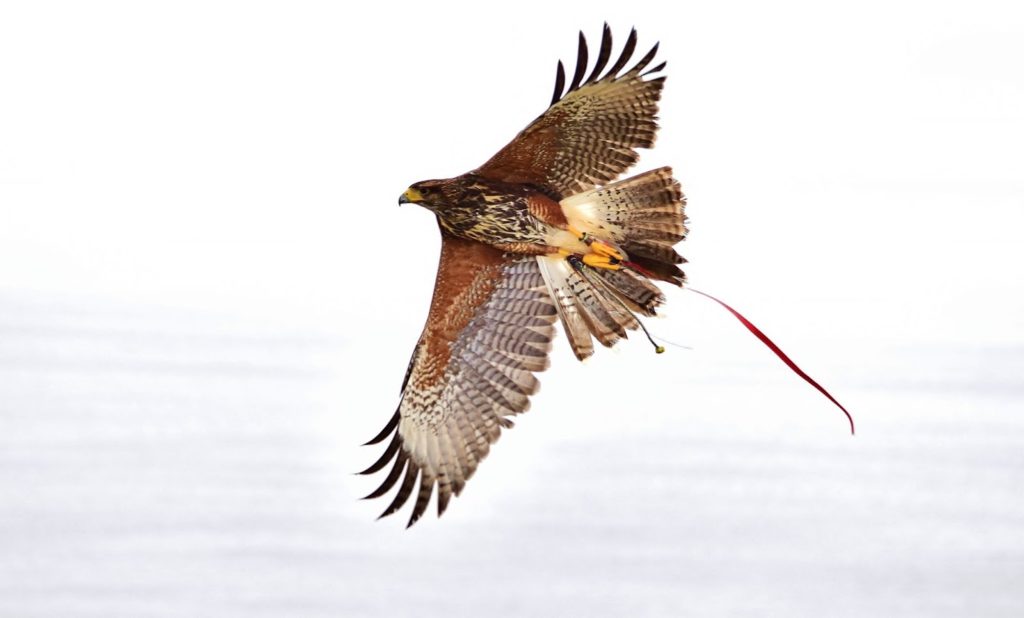
Some basic Information About Red-Tailed Hawk:
- Name: Red-Tailed Hawk
- Scientific Classification: The red-tailed hawk is a bird of prey. It is the largest species in the group of Buteo. It moves at a speed of 190 km\hr. These are a group of medium-sized raptors.
- Latin Name: It was originally named as Falco jamaicensis by Johann Friedrich Gmelin based on its creamy or pale colour. Later the name was changed to Buteo jamaicensis.
- Appearance: The hawks have bulky and broad wings and short tails. The red-tailed hawks have brown colour above and a pale colour below on the body, making them look like eagles. When seen at a distance, the female hawks look like an eagle but aren’t in reality.
- Size and Weight: The red-tailed hawks usually weigh 3 pounds maximum. They are the largest in the hawk’s group and the wild ones out of the group. The female hawks are 30 percent bigger compared to the male ones.
- Habitat and Range: The red-tailed hawks are not restricted to any area, yet their habitat is deserts, forests, agricultural areas, and areas that are open.
- Diet: The red-tailed hawk eats almost every animal or species. Their food depends upon the season and the place they are in. They mostly feed on mammals. In total, they consume 135 gms of food on an everyday basis.
- Life Expectancy: The expected life span of the red-tailed hawks is 10 to 15 years. But the oldest red-tailed hawk was seen in Michigan, United States, as per the records of 2011 and is 84 years old.
08 Facts about Red-Tailed Hawk:
- Sustainability: The red-tailed hawks have the ability to live in very cold temperatures, and it is unlikely that they die out of cold weather. These hawks can stand still in the air. Like camels, their food is stored in their crop, so even on the days when there is no food, they can stay, and energy is released from that crop.
- Attack: Every bird of prey has a set of styles while attacking or hunting any prey. These red-tailed hawks use their feet and talons as their main weapon to attack their prey. Both male and female hawks hunt together from opposite sides to make sure that the prey doesn’t have a chance to escape.
They watch the prey from a very high place for attacking and swoop down to catch the prey. The younger ones usually carry the prey to their nests, and the older ones feed on the prey there itself. The red-tailed hawks might weigh less but actually feed on the animals that are larger than them. For example, rabbits and squirrels.
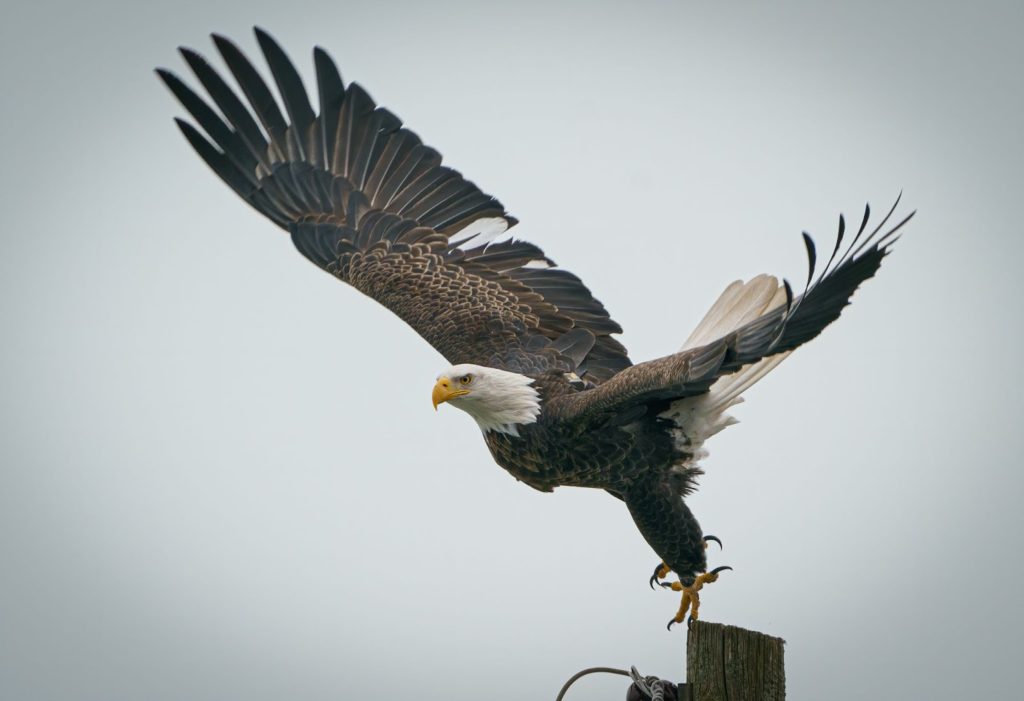
- Sound: The red-tailed hawk produces a very harsh sound called a screech, which can be heard in most movies when an eagle arrives. This sound lasts for just 2-3 seconds. The screech depth varies depending upon the motive. The red-tailed hawk screeches very aggressively to state that a particular territory belongs to it.
- Place of Breed: Depending upon the season, the red-tailed hawks choose the places or areas in North America in particular. In winter, they choose the Great Southern Plains of North America, as the temperature in this place during the winters will have barely any snowfall and is not that cool compared to the other states. During summer in North America, they breed in the areas of northwestern Canada and Alaska.
- Eggs: The total number of eggs laid by the female red-tailed hawk varies between 2-4 per year. The total time period for the egg to hatch is about 28 to 35 days. The incubation is done by both male and female hawks. The predicted season for laying eggs is mostly March. It is also noted that the size of the eggs is based on the area the hawks are in. The basic size of each egg is 1.4 to 5 cm. Another unique feature is that the colour of the eggshell from the inside is green.
- Training for the young hawks: Training for the young hawks: During the first weeks after hatching, the female hawk stays with the young ones, and the male hawk brings the food. In the next 4 to 5 weeks, both male and female hawks bring the food, leaving the young ones alone, and the food is dropped into their mouths. The next 6 to 7 weeks are meant to train the young red-tailed hawks on how to fly and hunt.
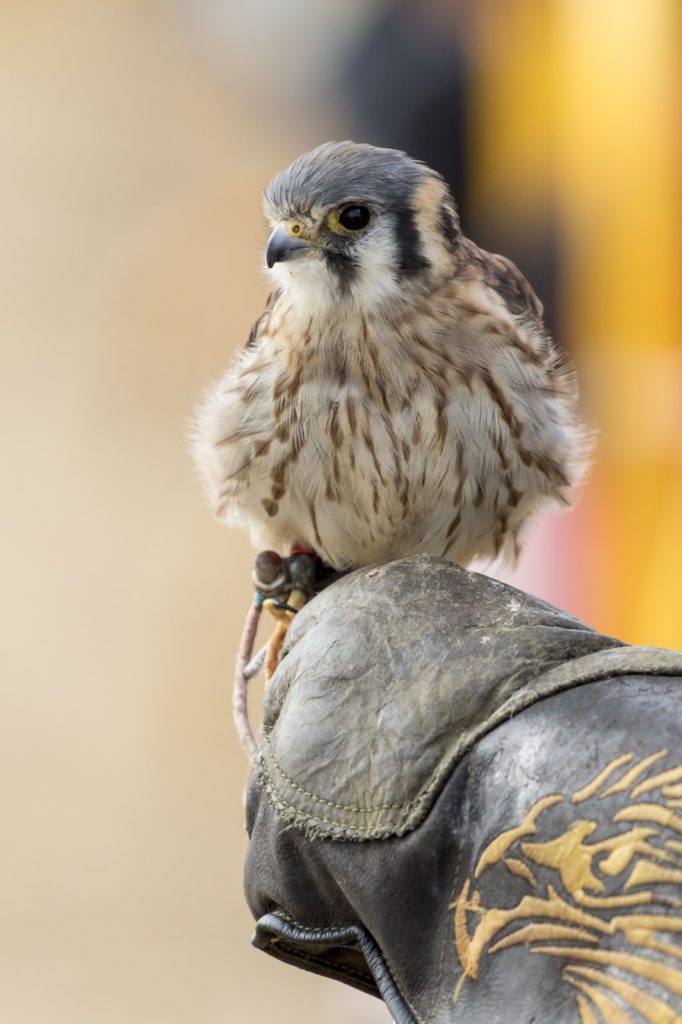
- Nest: The nest of the red-tailed hawk birds is usually built at the height of 80-120 feet above the ground, that is; basically, on the upper part of the tree with open areas or on the trees that are at the edge of the forest, so that they can have a better view of the landscape and preys.
This is also to ensure that no other animal attacks them and their young ones. The nest is built by both male and female red-tailed hawks. The total time for construction of the nest is 4-7 days. The red-tailed hawk has more than one nest.
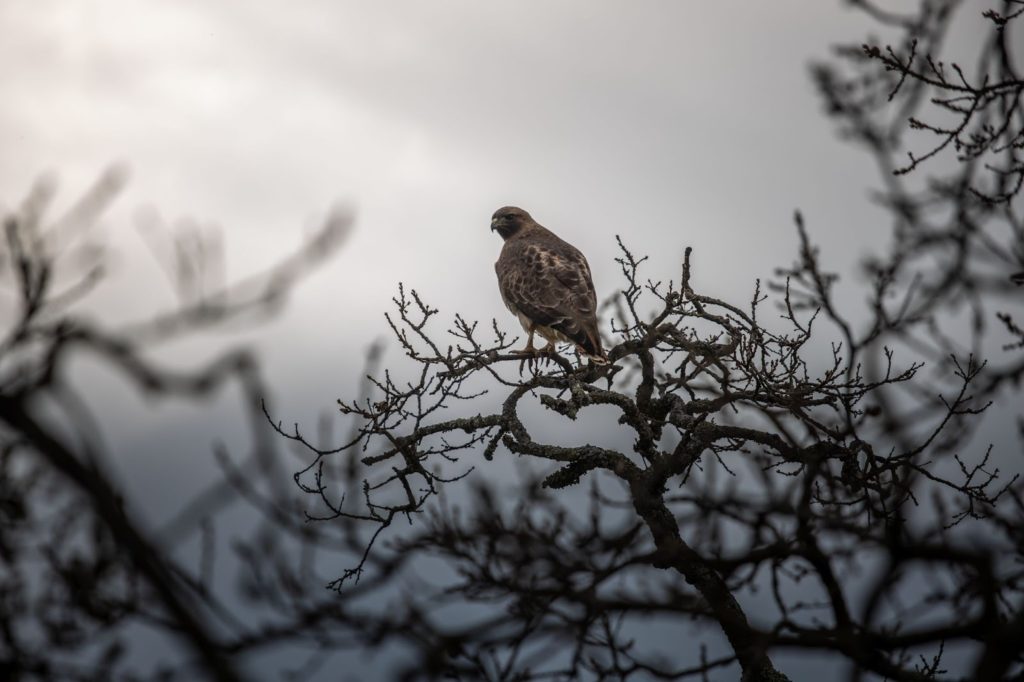
- Third eye-lid: The red-tailed hawks have a transparent third eye-lid, called a nictitating membrane. This third eye-lid blinks from side to side horizontally by moving their heads as they cannot move their eyes. The third eye-lids help them keep the eyes clean and moist, so they can see everything clearly during a blink while catching prey or flying.
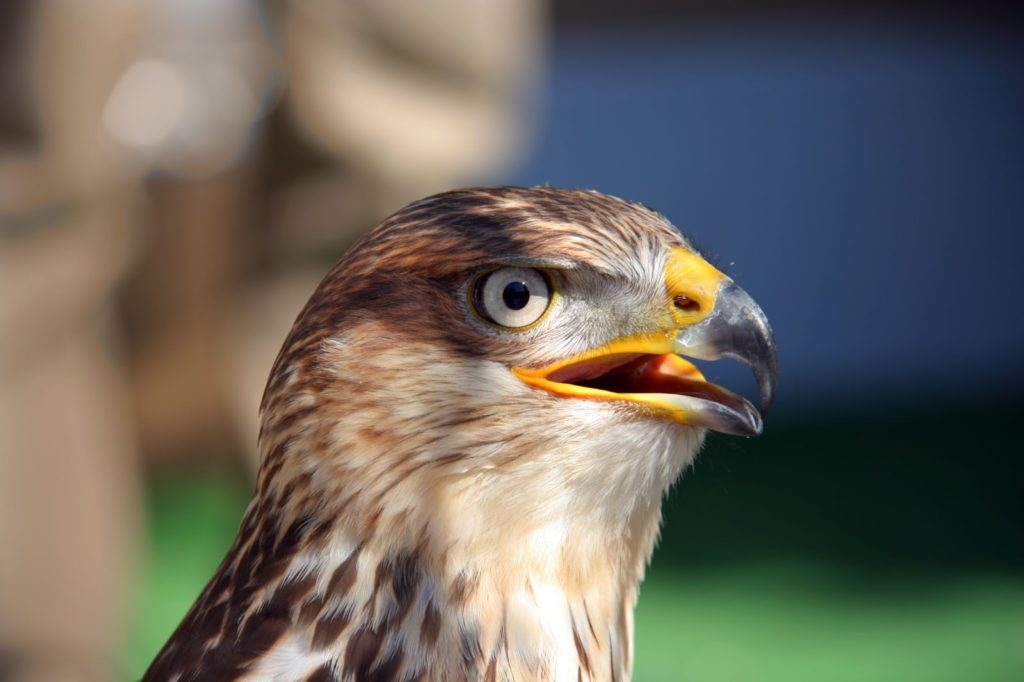
Conclusion:
The red-tailed hawk is the top predator. They can spot their prey at the height of 30 metres, they can adapt and live in any area, making them unique among all birds. The amazing thing about this hawk is it was used in ancient sports of falconry. The red-tailed hawks are considered an important sacred thing for the native American tribe.
